By Gary Friedman and Katherine Miller
There is no such thing as objectivity, and it is impossible to relate to another human being without the filter of our own subjective experiences. When working with people in conflict, what if we lean into this truth instead of leaning out? When we work with parties in conflict, our aim is not to be objective, rather it is to be inclusive and curious, exploring the ideas and perspectives of all parties so we can mediate from a place of positive neutrality.
Each of us has our own bubble full of our own truths based on our experiences and senses. Much of the struggle around neutrality involves staying inside, being connected to all parties, and not being exclusive. Neutrality calls for us to be advocates for what we see as true, while admitting that what we see as true is affected by our own subjectivity. The Internal V helps us identify and understand our own judgment, feelings, and experiences we use to define our truths, opening us up to a deeper place of connection with the people we are trying to help. When mediating conflict, we can create bubbles for each party and fill them with understanding by going down the “Why Trail” to probe beneath positions, empathize, imagine, suggest, and reframe, helping not only us, but each party, to understand their truths.
As a neutral, our responsibility is to help parties have the fullest view of the situation possible. It is not our role to tell the parties how to proceed or coerce them into moving forward with the solutions we believe are the best. When we learn to let go of the responsibility for the outcome, the role of mediator can be quite freeing. We can come back to our goal of creating a safe container for parties in conflict to have a conversation that enhances each other’s understanding so they can move forward with a resolution—if they want to.
As we lay the ground rules in the contracting, we must work with parties to define our role, including when to give or not give our opinions as neutrals—and how we share our opinions. We must spend the necessary time walking the walk of proceeding by agreement, where nothing happens without them both agreeing. Ultimately, this creates more opportunity for better understanding of each person, themselves, and the other person—with less risk.
For mediators, moving beyond a façade of objectivity to a place of neutrality requires a sustained commitment to understanding ourselves and the parties we work with. To learn more about objectivity and neutrality in conflict resolution, join us on January 10 for our webinar Neutrality and Objectivity. We will dive into the pros and cons of positive neutrality versus traditional objective neutrality, share techniques to engage parties using positive engagement, and discuss how to deal with judgment as it comes up and blocks connection.

